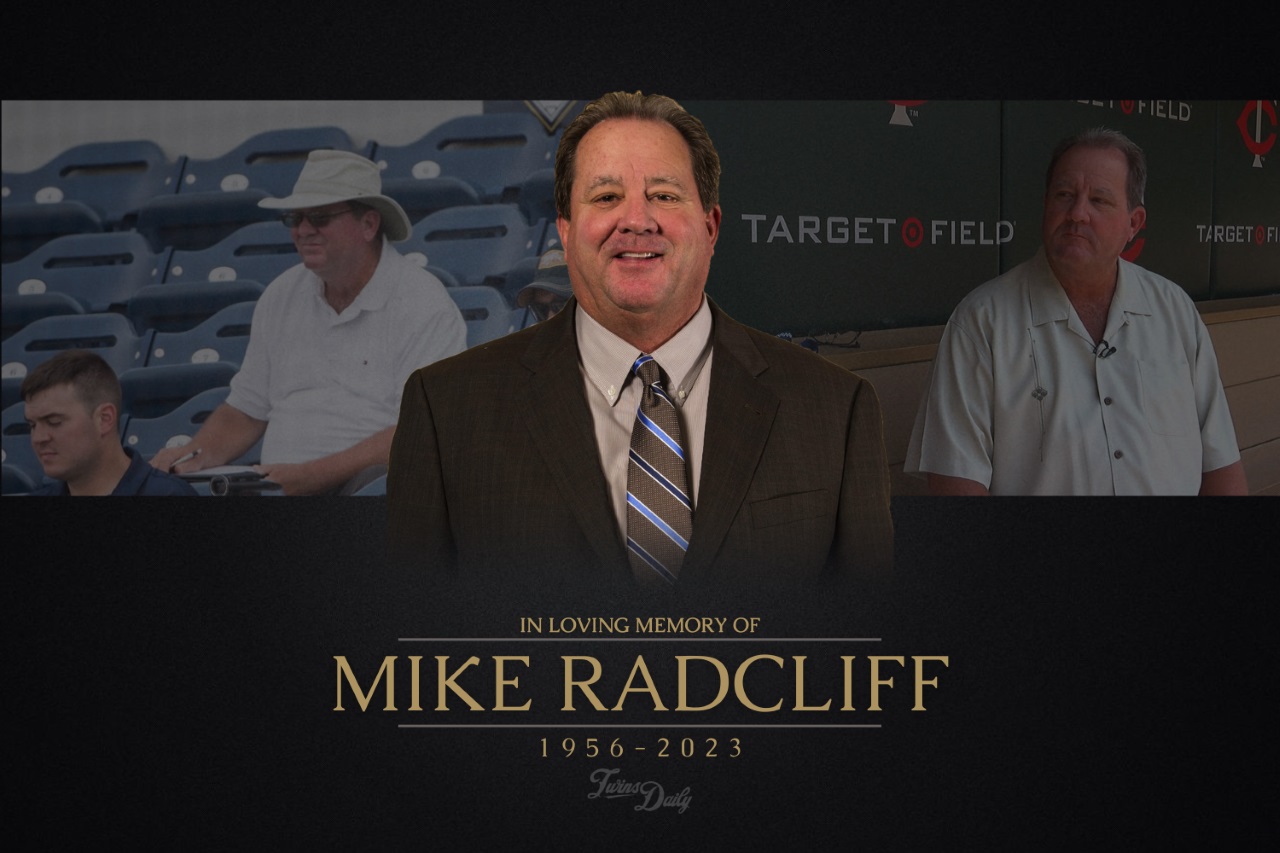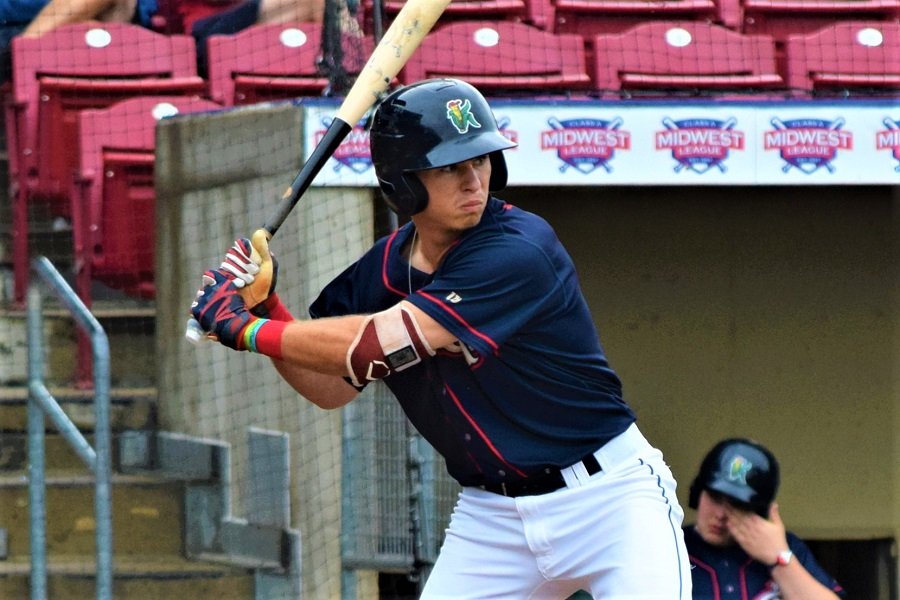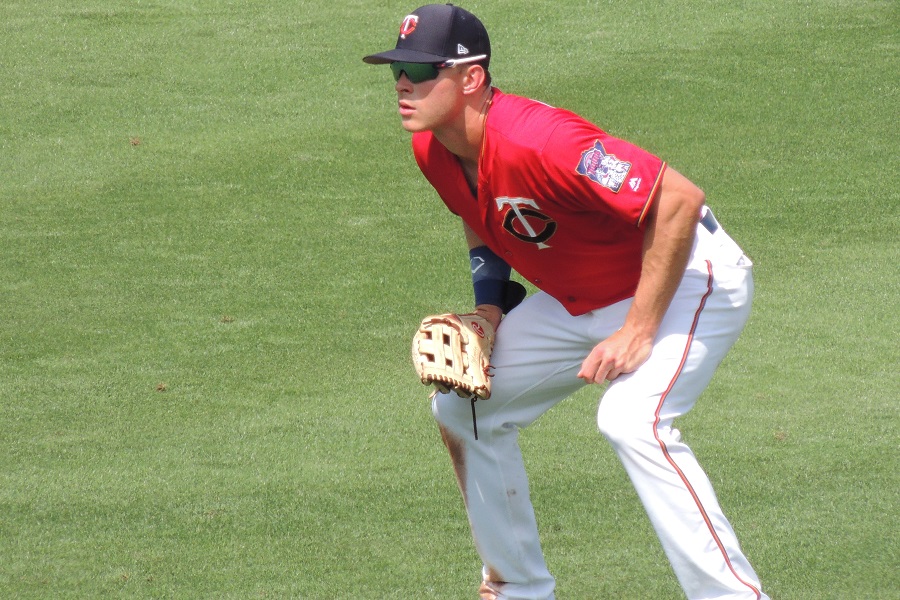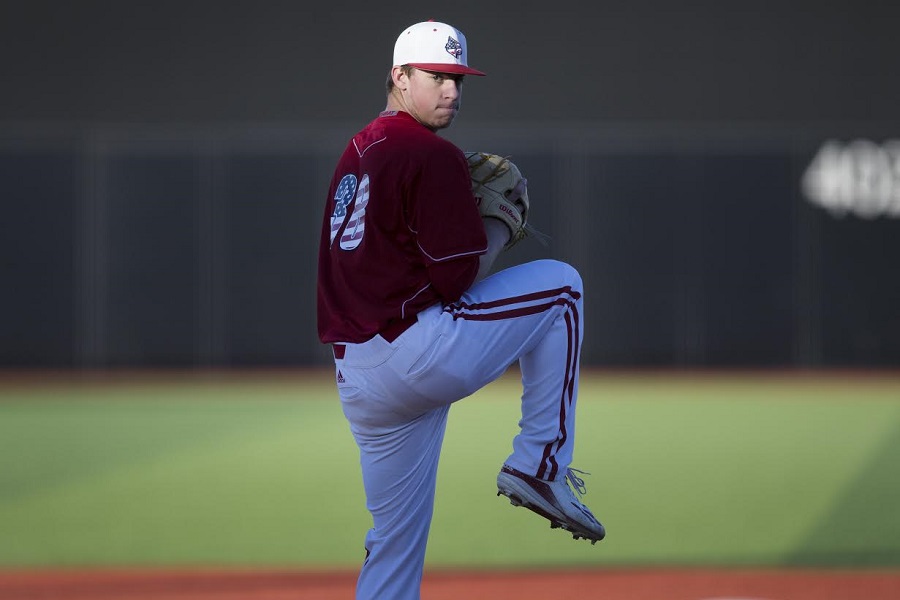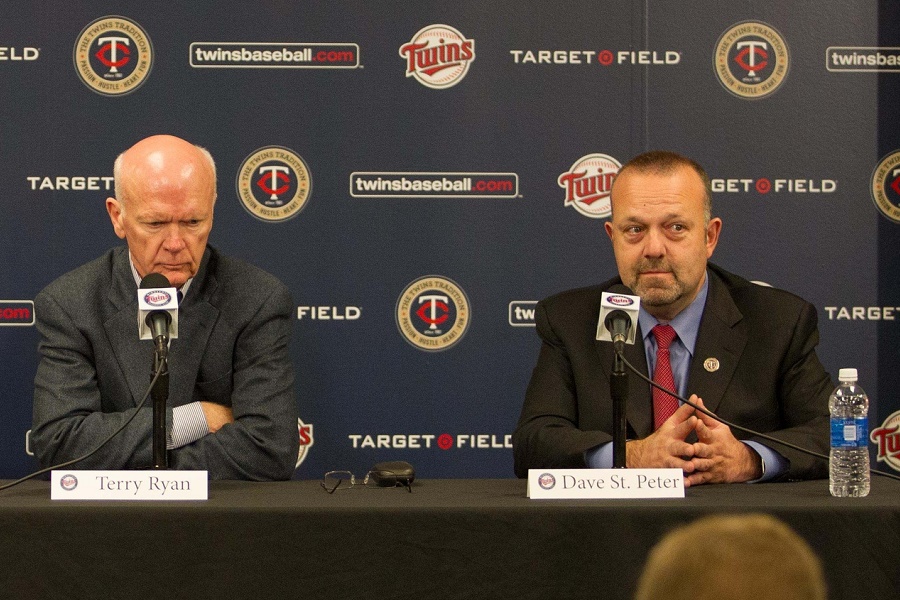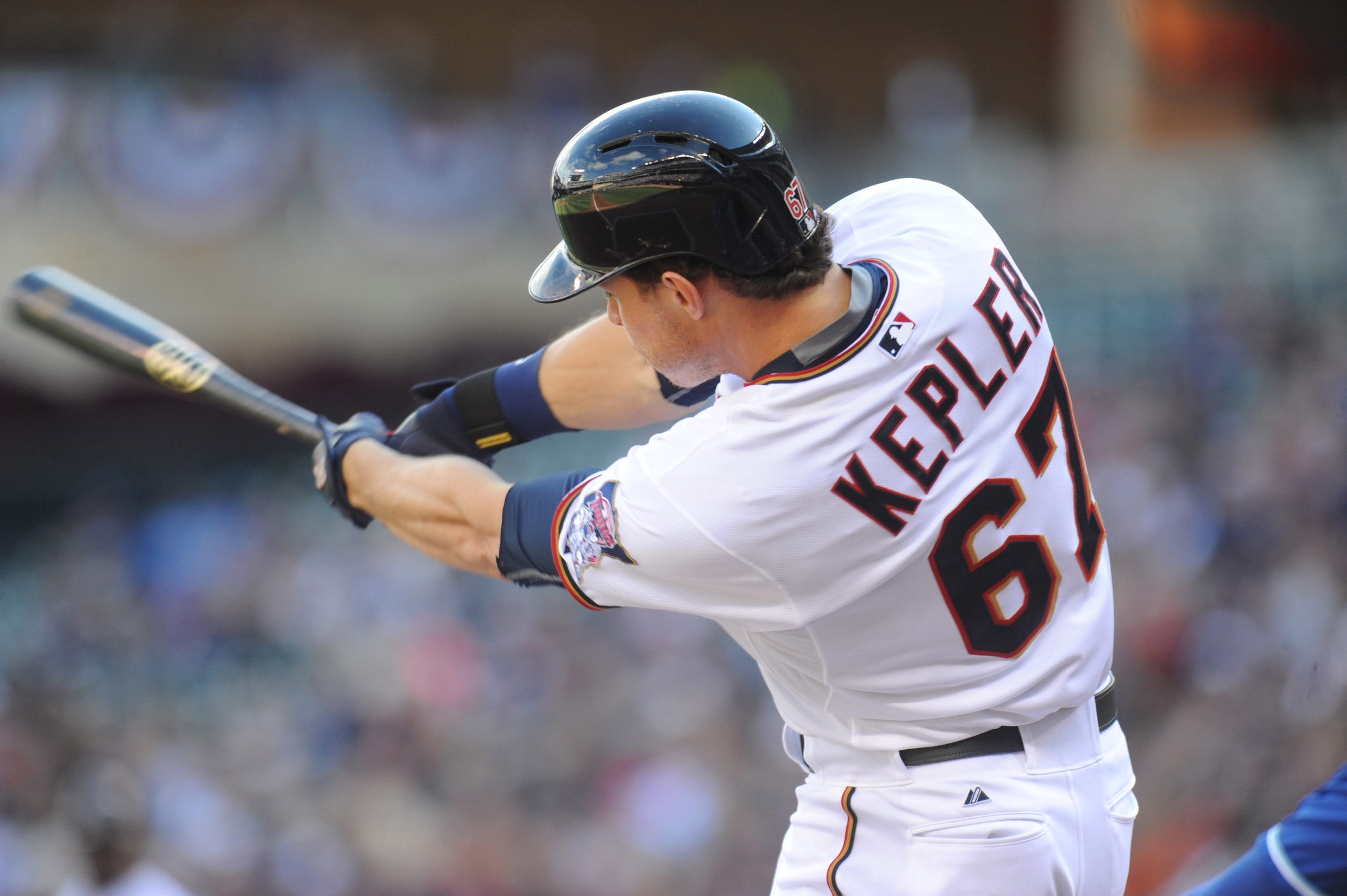Search the Community
Showing results for tags 'mike radcliff'.
-
Since the passing of Twins executive Mike Radcliff just over a week ago, many have sent their tributes and condolences. Today, I would like to share the thoughts of several people who have spent a lot of time with Radcliff and learned much from his leadership, scouts in the Twins organization....
- 7 replies
-
- mike radcliff
- sean johnson
-
(and 3 more)
Tagged with:
-
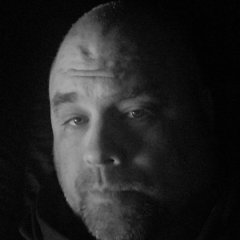
Mike Radcliff: "The Greatest Teacher I've Ever Had in My Life"
Seth Stohs posted an article in Twins
Terry Ryan hired Mike Radcliff from the Major League Scouting Bureau in 1987 as an area scout around his home in Kansas City. A year later, he became the team’s Midwest Supervisor. In 1994, he became the Scouting Director and remained in charge of the draft through the 2007 season. Since then, he ha...- 7 comments
-
- mike radcliff
- sean johnson
-
(and 3 more)
Tagged with:
-
It is always unfortunate that we wait until someone passes away to honor them, and for people to speak glowingly of them and to share stories about that person. Over the past several years, Mike Radcliff has been given and earned many awards for his career in scouting, Scouting Hall of Fames, etc. I...
- 2 comments
-
- mike radcliff
- josh rabe
-
(and 2 more)
Tagged with:
-
On Friday afternoon, Twins executive Mike Radcliff passed away after a long fight with pancreatic cancer. Over the past couple of days, many have been willing to discuss the impact that Radcliff had on them. Here are stories and well wishes from some Twins players....
- 2 replies
-
- mike radcliff
- josh rabe
-
(and 2 more)
Tagged with:
-
Unfortunate news came out Friday evening that long-time Twins executive Mike Radcliff has passed away after a three-plus-year battle with cancer. He was 66. Image cou...
-
It is fairly easy to remember how long Mike Radcliff has been in the organization. He joined the Minnesota Twins as an area scout in 1987 after four years as a scout for the Major League Scouting Bureau. A native of Kansas City, he became the Twins Midwest Supervisor in 1988. In 1993, Radcliff was n...
-
This week's Twins minor league players of the week were both 2021 draft picks. On Monday, three more players taken in July's draft made their pro debuts in the FCL. We are down to the final weeks of the minor league seasons. See how the Twins minor league affiliates did this past week, where they ar...
- 4 replies
-
- christian encarnacion-strand
- david festa
- (and 2 more)
-
- 4 comments
-
- christian encarnacion-strand
- david festa
- (and 2 more)
-
Last Friday in the lunch room of the Twins academy in Ft. Myers, players were eating after their morning workout and before their afternoon games against the Rays. Standing in the middle of the room were a couple of guys speaking to each other in German. Niklas Rimmel, a right-handed pitcher from...
- 12 replies
-
- max kepler
- niklas rimmel
-
(and 3 more)
Tagged with:
-
Max Kepler is already in the conversation of best German-born baseball players of all time. A quick glance at the leader board shows that he is clearly in the Top 5 players born in Germany to play in the big leagues. His 419 games played ranks eighth. His 1,633 plate appearances rank sixth. More ran...
- 12 comments
-
- max kepler
- niklas rimmel
-
(and 3 more)
Tagged with:
-
Most predictions leading into Monday night had the Twins going after college pitcher/first baseman Brendan McKay. Multiple reports surfaced on Monday that McKay was the target for the Twins but he declined the offer the Twins had on the table. https://twitter.com/jimcallisMLB/status/8744025528797347...
- 114 comments
-
- brendan mckay
- royce lewis
-
(and 2 more)
Tagged with:
-
Yesterday became a whirlwind as the hours and minutes counted down to the Twins making the first overall selection. No experts or reporters were able to crack the Twins front office and figure out who the club would be taking at the top of the draft. It really did feel like it was coming down to the...
- 114 replies
-
- brendan mckay
- royce lewis
-
(and 2 more)
Tagged with:
-
Before we get to the questions, I’m going to take a moment to share some thoughts on Terry Ryan. As you’ve noticed, most people who know Ryan or have worked in any capacity start discussions today with what a terrific person that he is. Then they go on to, typically, state that despite that, the Twi...
- 87 comments
-
- terry ryan
- rob antony
-
(and 3 more)
Tagged with:
-
Like most, I was sitting at my desk at work on Monday morning. At about 11:20, I checked my e-mail and there it was, “Minnesota Twins Announce General Manager Terry Ryan Has Been Relieved of His Duties.” Like most, my attention was on that topic for much of the rest of the day. My mind was racing, s...
- 87 replies
-
- terry ryan
- rob antony
-
(and 3 more)
Tagged with:
-
When you look at him, you wouldn’t realize that Max Kepler was a cold-blooded killer. Behind the laid-back, polite, innocent-looking demeanor is a 23 year old who is guilty beyond a reasonable doubt of murdering Southern League pitching. By now, most are familiar with Kepler’s intriguing backstory...
- 14 replies
-
- minnesota twins
- max kepler
-
(and 3 more)
Tagged with:
-

After Breakout Season Max Kepler Looking Toward Next Level
Parker Hageman posted an article in Twins
Kepler says it was frustration with the status quo that prompted him to reevaluate his approach at the plate. In 2014 he was coming off a season where he slugged just .393 with Fort Myers. That was several points higher than the league’s average, to be sure, and the Florida State League with its swe...- 14 comments
-
- max kepler
- chad allen
-
(and 3 more)
Tagged with:
-
Offensively, this season has been different for Kepler. He has gotten more athletic, more aggressive with his swing and Chattanooga’s hitting coach, former Twin Chad Allen, says that is no accident. “We made him do that,” Allen said referring to Kepler’s remodeled swing with a newly incorporated leg...
- 56 comments
-
- max kepler
- chad allen
-
(and 3 more)
Tagged with:
-
When the Minnesota Twins signed Max Kepler to a $800,000 bonus, the organization knew they had a project on their hands. The raw German-born player would have a longer development timeline than most transforming from the toolsy teenager to a polished prospect. Unlike his compatriots in the Western H...
- 56 replies
-
- max kepler
- chad allen
-
(and 3 more)
Tagged with:
-

Twins Feel Prospect Eddie Rosario Close to Major League Ready
Parker Hageman posted an article in Minors
The suspension could not have come at a worse point along his development timeline. Rosario was starting to gain attention as a hitter and, after a line drive that caught him in the face and required plates to be inserted in 2012, he already needed to play catch up. Beyond the lost time due to the i...- 38 comments
-
- eddie rosario
- mike radcliff
-
(and 1 more)
Tagged with:
-
When Mike Radcliff returned from Arizona he was hopeful with what he had seen from Eddie Rosario. Among the organization’s prospects playing for the Salt River Rafters in the Arizona Fall League was the recently rehabilitated Rosario. The 23-year-old had served a fifty game suspension due to a fai...
- 38 replies
-
- eddie rosario
- mike radcliff
-
(and 1 more)
Tagged with:
-
Recent Articles
-
Recent Posts
-
3
Hey, look here
Whoooooooo Ranked ProspectsTurangChourioQueroFrelickBillWilburSpankyEdgarJohn NOOOOOOOOOO...
By Brock Beauchamp
Last post date -
0
Can Jorge López Rediscover His First-Half Success?
The Twins made a much-needed trade for an all-star reliever at last year’s deadline, but what they got fell short of e...
By Lou Hennessy
Last post date
-
Blog Entries
-
Who's Online (See full list)
- There are no registered users currently online




